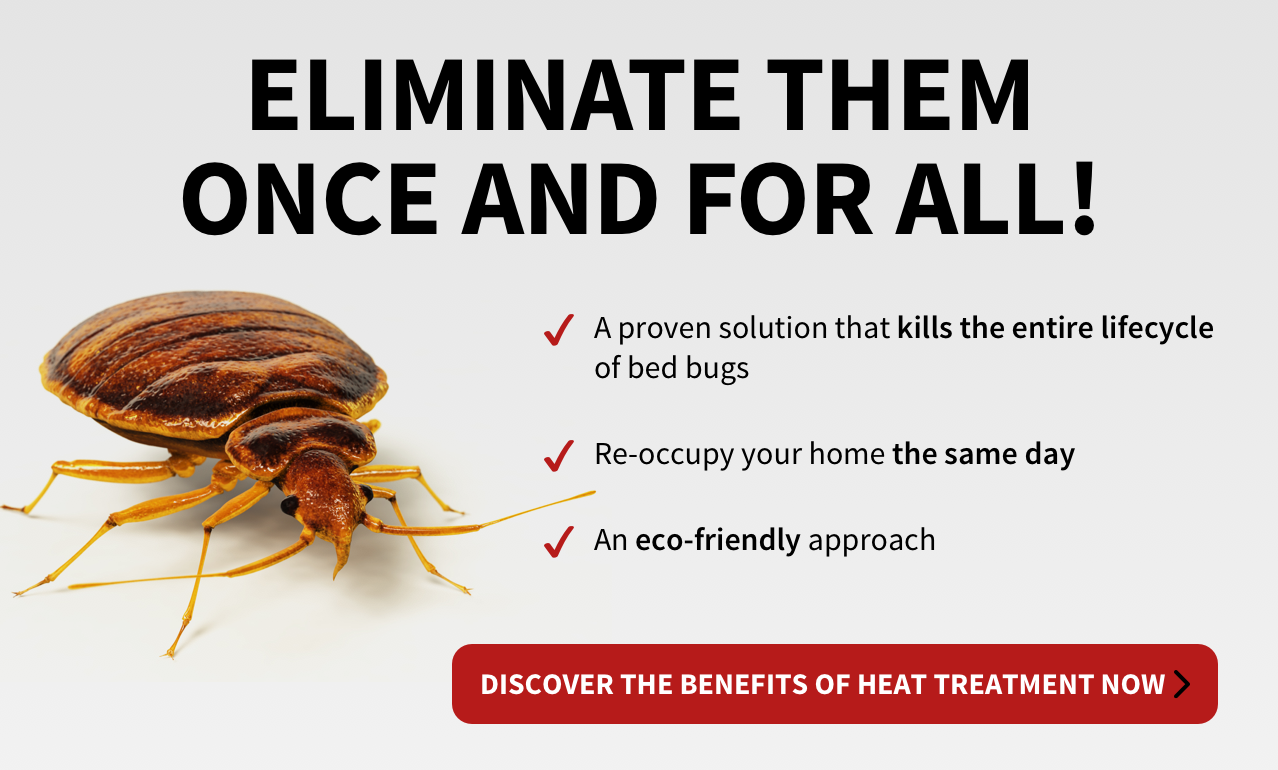Understanding the Lifecycle of Parasites for Targeted Control Techniques
Comprehending the lifecycle of pests is a fundamental facet of reliable parasite administration methods. Via a much deeper understanding of how insects prosper and advance, customized control strategies can be created to attend to certain points in their lifecycle, ultimately leading to more successful pest monitoring results.
Relevance of Comprehending Insect Lifecycle
Recognizing the lifecycle of bugs is necessary for establishing effective and targeted control methods in pest management. By comprehending the numerous stages a pest experiences from egg to grownup, bug control professionals can identify weak spots in the lifecycle where treatment can be most successful. Knowing when larvae are most energetic can aid determine the ideal timing for using larvicides. Furthermore, understanding the lifespan of a bug species can aid in predicting population development patterns and potential infestation threats.
Moreover, recognizing the certain ecological conditions essential for each phase of the parasite's lifecycle can guide choices on habitat alteration or exclusion methods to decrease and interrupt the lifecycle parasite populaces. This expertise allows pest monitoring professionals to carry out proactive steps instead than depending solely on responsive therapies, causing more lasting and long-term parasite control solutions. Ultimately, a complete understanding of parasite lifecycles empowers pest control specialists to customize their methods efficiently, optimizing and decreasing environmental influences control end results.
Key Stages in Insect Advancement
To efficiently carry out targeted control techniques in parasite administration, a vital facet hinges on comprehensively recognizing and comprehending the key stages in insect advancement. Pest development typically includes a number of crucial phases that are important for their lifecycle and management. The initial stage is the egg phase, where pests lay eggs that later hatch out right into larvae. Larvae after that advance into pupae, a stage where they undertake metamorphosis before arising as adult insects. Understanding these stages is necessary as it aids in determining prone factors in the lifecycle where control actions can be most reliable.

Susceptabilities in Bug Lifecycle
Throughout the different stages of a pest's lifecycle, distinct vulnerabilities emerge that can be strategically targeted for reliable control steps (A1 Bed bug Exterminator houston). One essential susceptability lies in the egg stage, where insects are typically a lot more at risk to particular insecticides or biological control agents due to their soft external shell, making them much easier targets for intervention. Recognizing these vulnerabilities in the parasite lifecycle is essential for creating efficient and accurate control strategies that properly manage pest populaces while reducing ecological effect.
Executing Targeted Control Actions

Implementing targeted control measures usually involves a multi-faceted method. This might consist of habitat alteration to make the atmosphere much less hospitable to parasites, such as removing standing water for insect control or sealing entrance points for rats. Furthermore, biological control approaches can be made use of, where all-natural killers or virus are presented to maintain pest populaces in check.
Integrated Insect Management (IPM) techniques that his explanation combine various control procedures in a coordinated and lasting way are usually the most efficient in accomplishing long-term insect management objectives. By carrying out targeted control actions based on a complete understanding of insect lifecycles, parasite populaces can be properly regulated while decreasing risks to human health and the setting.
Improved Pest Monitoring Practices

In addition, the unification of biological control agents, such as all-natural killers or pathogens of pests, can help in reducing reliance on chemical pesticides and advertise a much more balanced ecosystem. Applying physical barriers and catches can additionally belong to enhanced bug monitoring methods, offering non-toxic and targeted solutions for insect control. Additionally, using scents and various other semiochemicals can interfere with pest breeding patterns and communication, bring about reduced parasite populaces gradually.
Verdict
By identifying key stages in parasite advancement and susceptabilities in their lifecycle, targeted control actions can be carried out to reduce parasite populations. Improved More Info parasite management practices can aid reduce the dependence on broad-spectrum chemicals and promote even more eco friendly and lasting bug control approaches.
Comprehending the lifecycle of parasites is necessary for establishing reliable and targeted control methods in pest monitoring. By understanding the different stages a pest goes with from egg to grownup, bug control professionals can recognize prone factors in the lifecycle where treatment can be most successful. Eventually, a comprehensive understanding of insect lifecycles equips bug control experts to customize their i thought about this strategies efficiently, making the most of and minimizing environmental impacts control end results.
By executing targeted control measures based on a detailed understanding of bug lifecycles, parasite populations can be efficiently managed while decreasing dangers to human health and the atmosphere.
By determining essential stages in insect growth and vulnerabilities in their lifecycle, targeted control steps can be carried out to minimize pest populations.